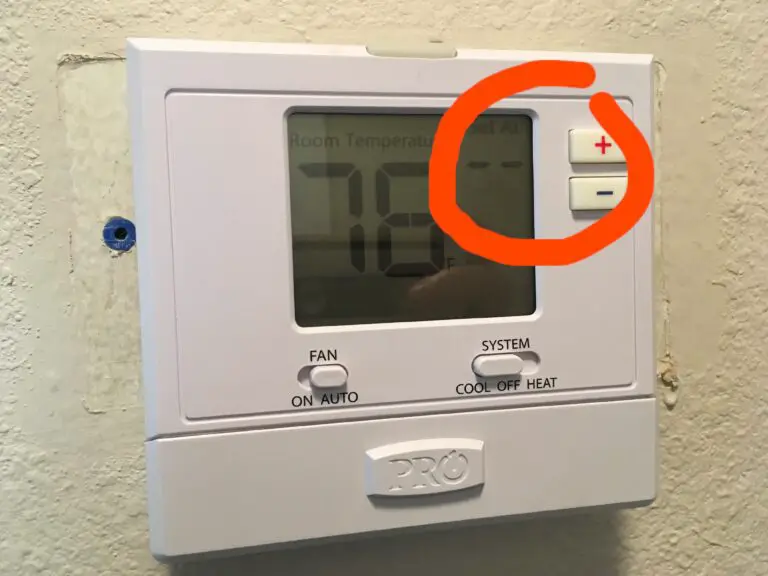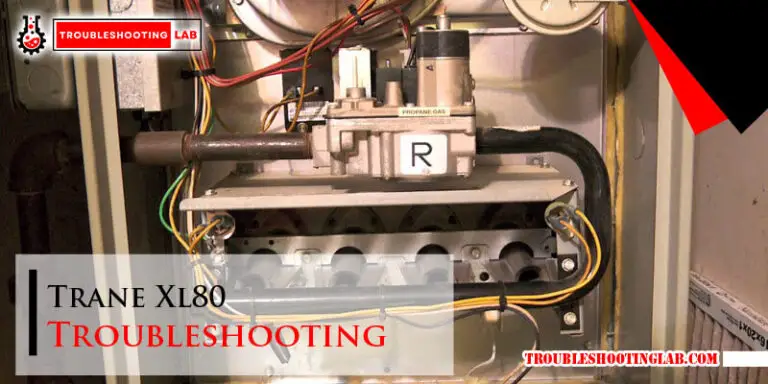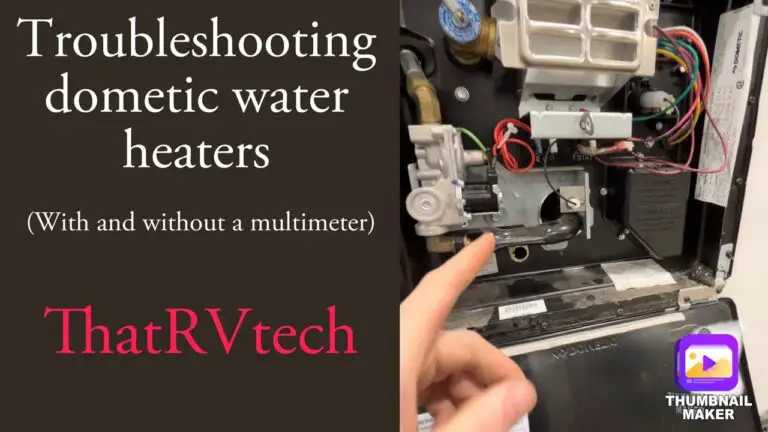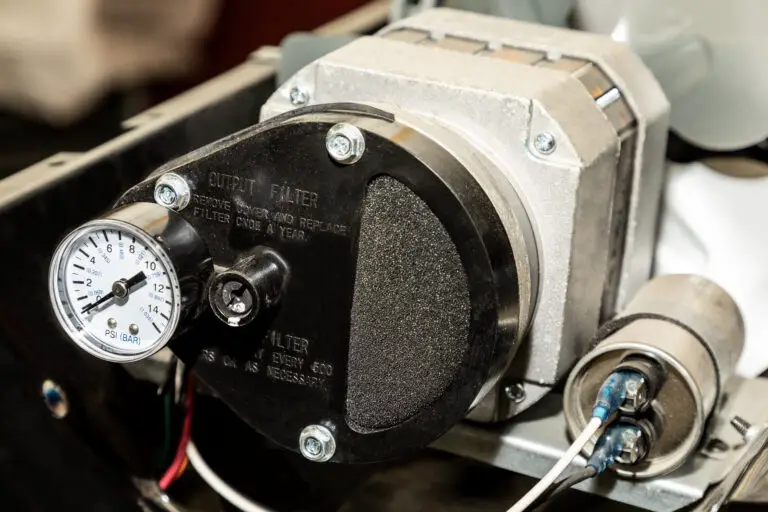Webasto Diesel Heater Troubleshooting: Quick Fixes & Tips
Webasto diesel heaters are known for their reliability. But sometimes, issues arise.
Troubleshooting these heaters can be tricky if you don’t know where to start. In this blog post, we will guide you through common problems and their solutions. Whether you’re dealing with a heater that won’t start, inconsistent heating, or strange noises, we’ve got you covered.
Understanding how to troubleshoot your Webasto diesel heater can save you time and money. Plus, it ensures your heater runs smoothly and efficiently. So, if you’re facing challenges with your heater, keep reading. We’ll help you identify the issue and get your heater back in working order.
Common Issues
Webasto diesel heaters are reliable, but they can face some common issues. Knowing these problems helps keep your heater working well. Below are the most frequent issues and how to fix them.
Heater Not Starting
If your Webasto diesel heater is not starting, it could be due to several reasons:
- Battery Voltage: Ensure the battery voltage is adequate. Low voltage can prevent the heater from starting.
- Fuel Supply: Check if there is enough diesel in the tank. A blocked fuel filter can also be a problem.
- Fuses: Inspect all fuses related to the heater. Replace any blown fuses.
- Connections: Verify all electrical connections. Loose or corroded connections can disrupt power flow.
Address these points to get your heater running again.
Uneven Heat Distribution
Experiencing uneven heat distribution can be frustrating. Here are some potential causes:
- Blocked Air Vents: Check if any vents are blocked. Clear any obstructions to allow free airflow.
- Fan Issues: Ensure the fan is working properly. A faulty fan can cause uneven heating.
- Thermostat Settings: Verify thermostat settings. Incorrect settings can lead to inconsistent temperatures.
Resolving these issues can help achieve even heat distribution.
By addressing these common problems, you can maintain your Webasto diesel heater effectively.
Basic Checks
Experiencing issues with your Webasto Diesel Heater? Start with basic checks. Simple issues often cause major problems. Below, we outline critical areas to inspect.
Fuel Supply
The fuel supply is crucial for your heater’s performance. Ensure the fuel tank is full. Check for any blockages in the fuel line. Inspect the fuel filter for debris or clogs.
Use the table below to track common issues and solutions:
| Issue | Solution |
|---|---|
| Empty fuel tank | Refill the tank |
| Blocked fuel line | Clear the blockage |
| Clogged fuel filter | Replace the filter |
Electrical Connections
Ensure all electrical connections are secure. Loose wires can cause malfunctions. Inspect the power supply and check for any damaged cables.
Follow these steps for a quick inspection:
- Turn off the heater.
- Inspect all wiring for damage.
- Tighten any loose connections.
- Check the battery voltage.
If you find any damaged wires, replace them immediately. Ensure the battery voltage is within the recommended range.
Error Codes
Webasto diesel heaters are reliable and efficient. They ensure warmth during cold weather. But, like any device, they can show error codes. Understanding these codes helps in quick troubleshooting. This section covers how to read error codes and common solutions.
Reading Error Codes
To read error codes on a Webasto diesel heater, you need to access the control unit. Press the diagnostic button to display the error code. Write down the code shown on the display. Each code corresponds to a specific issue. Consult the user manual for a complete list of error codes. This list will help identify the problem and find a solution.
Common Error Codes And Solutions
Some error codes appear more frequently. Here are a few common ones:
Error Code 01: This indicates a low voltage issue. Check the battery connections. Ensure the battery is fully charged.
Error Code 02: This code signals a flame failure. Inspect the fuel supply. Clean or replace the fuel filter if needed.
Error Code 03: This shows a glow plug problem. The glow plug might be faulty. Test the glow plug resistance. Replace if it is damaged.
Error Code 04: This means there is an overheating issue. Check the ventilation. Ensure there are no blockages. Clean the air intake and exhaust.
Understanding these common error codes can save time. It helps in maintaining the heater efficiently.

Credit: www.youtube.com
Cleaning And Maintenance
Maintaining your Webasto diesel heater ensures it runs smoothly. Proper cleaning and maintenance extend the heater’s life. This section covers essential steps for regular cleaning and filter replacement.
Regular Cleaning
Regular cleaning keeps your heater in top shape. Dust and debris can clog parts. Follow these steps for effective cleaning:
- Turn off the heater and let it cool down.
- Remove the heater cover carefully.
- Use a soft brush to clean the fan and motor.
- Wipe down the exterior with a damp cloth.
- Check for any visible signs of wear or damage.
Cleaning should be done every few months. This helps prevent performance issues.
Replacing Filters
Filters keep your heater running efficiently. Replace them regularly to avoid clogs. Here’s how to replace the filters:
- Turn off the heater and disconnect it from the power source.
- Locate the filter compartment, usually near the intake area.
- Remove the old filter carefully.
- Insert the new filter, ensuring it fits snugly.
- Reassemble the heater and reconnect it to the power source.
Check the filters every six months. Replace them if they appear dirty or clogged.
Regular cleaning and filter replacement are key steps in Webasto diesel heater maintenance. This keeps your heater working efficiently and prolongs its lifespan.
Fuel System Troubleshooting
Experiencing issues with your Webasto diesel heater can be frustrating. The fuel system is a common culprit behind many problems. Understanding fuel system troubleshooting can help you resolve these issues quickly.
Fuel Pump Issues
The fuel pump is vital for delivering fuel to the heater. If the fuel pump fails, your heater won’t work. Listen for a clicking sound. This indicates the pump is working. If you don’t hear it, the pump might be faulty. Check the electrical connections. Ensure they are tight and secure. Loose connections can cause the pump to fail. If the connections are fine, the pump might need replacement.
Blocked Fuel Line
A blocked fuel line can stop fuel from reaching the heater. This blockage can be due to dirt or debris. Inspect the fuel line for any visible clogs. Use a fuel line cleaner to clear any blockages. Also, check the fuel filter. A clogged filter can also restrict fuel flow. Replace the filter if necessary. Regular maintenance can prevent blockages and ensure smooth operation.
Electrical System Troubleshooting
Dealing with Webasto Diesel Heater issues can be frustrating. Often, the root cause lies within the electrical system. This guide will walk you through some simple steps to troubleshoot common electrical problems.
Battery Voltage
First, check the battery voltage. A low battery can cause several issues with your Webasto Diesel Heater. Use a multimeter to measure the voltage.
- Turn off the heater.
- Set the multimeter to measure DC voltage.
- Connect the multimeter probes to the battery terminals.
- Read the voltage on the display.
The voltage should be between 12.4V and 12.7V for a fully charged 12V battery. If the voltage is below this range, the battery might need charging or replacement.
Fuse Inspection
Next, inspect the fuses. A blown fuse can disrupt the electrical flow, causing the heater to malfunction.
- Locate the fuse box near the heater.
- Remove the cover of the fuse box.
- Identify the heater fuse using the diagram on the cover.
- Check the fuse for any visible damage.
- If the fuse looks damaged, replace it with a new one of the same rating.
| Fuse Rating | Purpose |
|---|---|
| 5A | Control Unit |
| 10A | Heater Element |
| 15A | Blower Motor |
Ensure that the new fuse is seated properly. A loose fuse can cause intermittent issues.
Heater Control Issues
Webasto diesel heaters are reliable, but they can have control issues. These issues can cause the heater to malfunction or stop working. Understanding and fixing these problems can save time and money. Below are common heater control problems and solutions.
Thermostat Problems
The thermostat controls the heater’s temperature. If the heater is not reaching the desired temperature, the thermostat might be faulty.
- Check the thermostat settings. Make sure they are correct.
- Inspect the thermostat wiring. Look for any loose connections.
- Replace the thermostat if it is not functioning correctly.
Control Unit Reset
Sometimes, the control unit needs a reset to fix minor glitches. Resetting the control unit is simple and can solve many issues.
- Turn off the heater and disconnect the power supply.
- Wait for about 10 minutes to ensure a complete reset.
- Reconnect the power supply and turn on the heater.
If the problem persists, the control unit might need a firmware update or replacement. Consult the user manual for specific instructions.
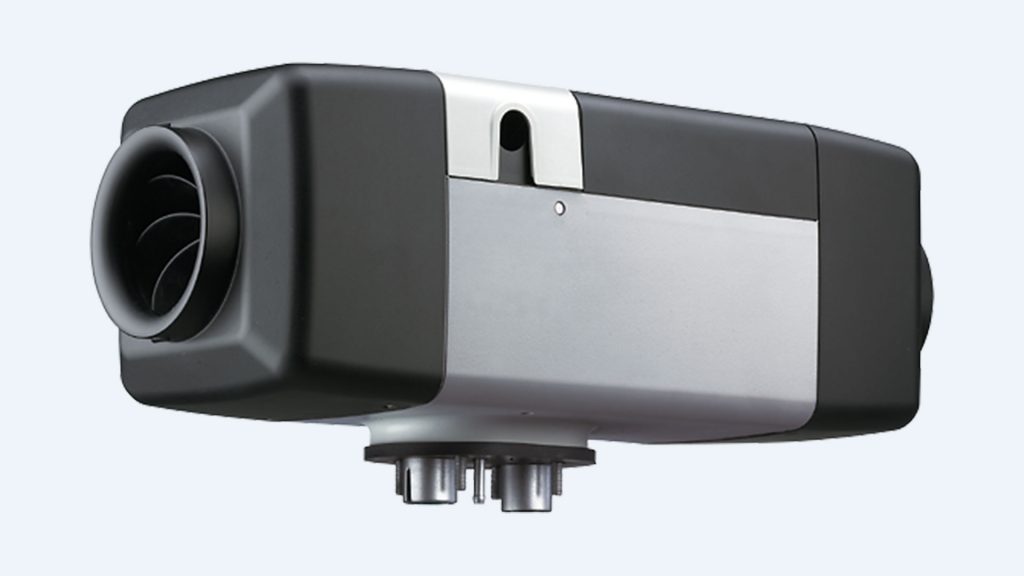
Credit: www.jpcdirect.com
Professional Help
When dealing with a Webasto diesel heater, there are times when seeking professional help becomes necessary. This ensures the heater functions properly and safely. Understanding when to seek help and how to choose the right service provider can save time and money.
When To Seek Professional Help
If the Webasto diesel heater fails to start, emits unusual noises, or produces strong odors, it might be time to call a professional. Problems like these can indicate deeper issues that require expert knowledge.
Here are some signs that professional help is needed:
- Heater fails to start after multiple attempts
- Unusual noises during operation
- Strong or unusual odors
- Error codes that are hard to understand
- Frequent shut-offs or overheating
Ignoring these signs can lead to permanent damage. Always prioritize safety.
Choosing A Service Provider
Selecting the right service provider is crucial for effective troubleshooting. Consider the following when choosing a service provider:
- Experience with Webasto heaters
- Certified technicians
- Positive customer reviews
- Transparent pricing
- Warranty on services
A good service provider will have a proven track record. They will also explain the issue in simple terms. Always ask for a quote before any work begins.
Taking these steps ensures that your Webasto diesel heater receives the best possible care. This maintains its performance and extends its lifespan.

Credit: faroutride.com
Frequently Asked Questions
Why Is My Webasto Diesel Heater Not Starting?
Your Webasto heater may not start due to low voltage, faulty wiring, or fuel issues. Check connections and battery.
How Do I Reset My Webasto Diesel Heater?
To reset, turn off the heater, disconnect the power for 10 minutes, then reconnect and restart it.
What Causes Black Smoke From Webasto Heater?
Black smoke indicates incomplete combustion. Check for clogged air filters, faulty fuel pump, or blocked exhaust.
Why Is My Webasto Heater Blowing Cold Air?
Cold air suggests fuel supply issues or a faulty glow plug. Inspect fuel lines and glow plug condition.
How Often Should I Service My Webasto Heater?
Service your Webasto heater annually. Regular maintenance ensures efficient performance and prolongs its lifespan.
Conclusion
Troubleshooting your Webasto diesel heater can be straightforward with these tips. Follow the steps carefully. Regular maintenance prevents many common issues. Always check fuel lines and electrical connections. Keep the heater clean to ensure efficient operation. Don’t hesitate to consult the manual for specific guidance.
For persistent problems, contact a professional. Regular checks and prompt fixes keep your heater running smoothly. Stay warm and enjoy the benefits of a reliable diesel heater.

